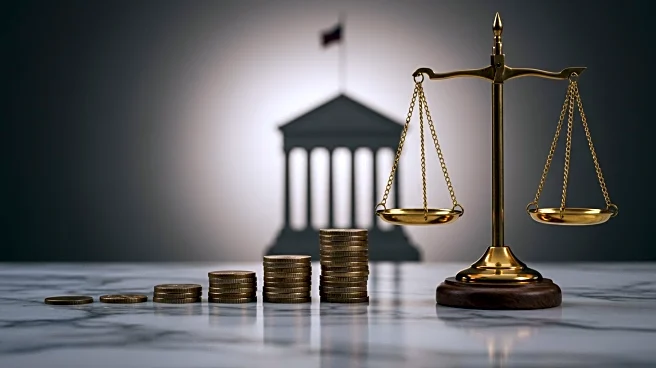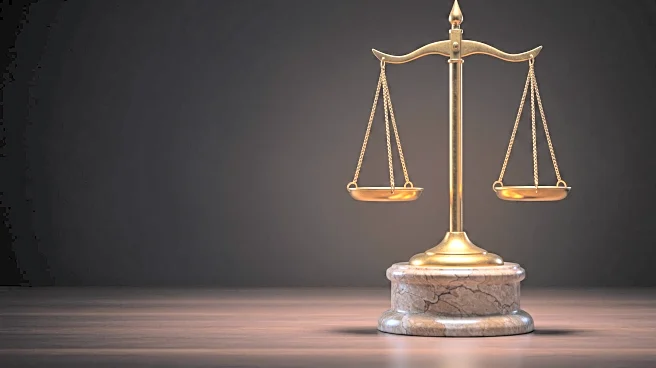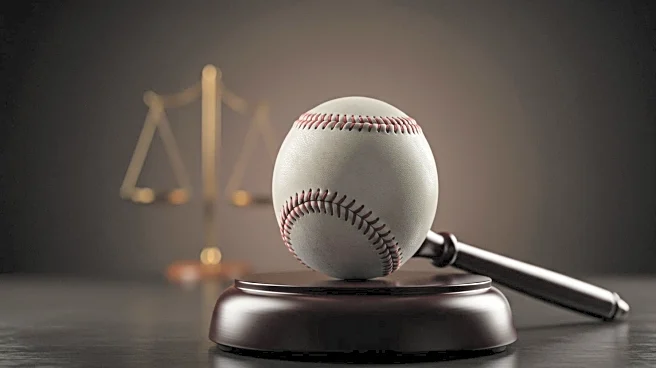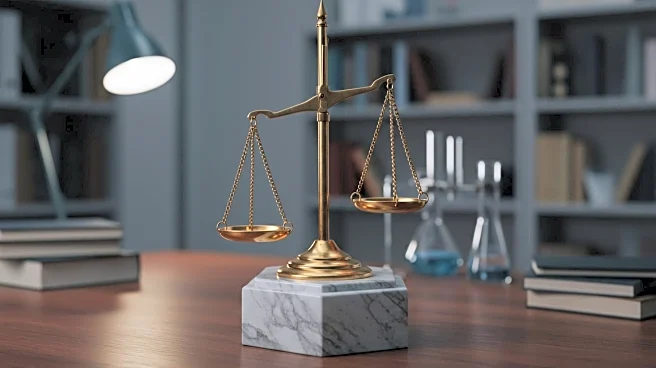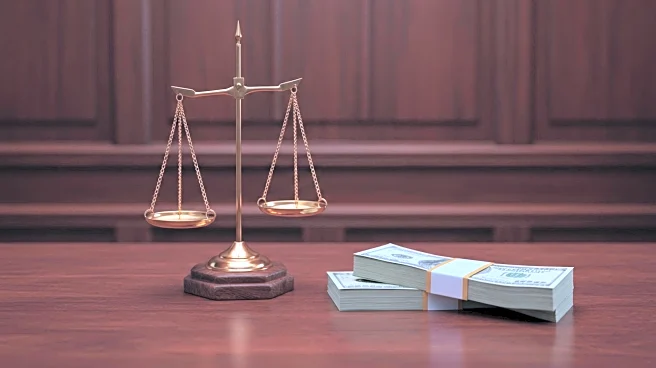Rapid Read • 8 min read
The Supreme Court recently issued a decision regarding the National Institutes of Health (NIH) that has sparked significant debate among the justices. The case involved NIH's decision to cut certain scientific grants, a move that has been criticized as arbitrary and capricious. Justice Ketanji Brown Jackson, in her dissenting opinion, likened the Court's approach to 'Calvinball,' a game from the comic strip Calvin & Hobbes known for its ever-changing rules. The decision saw Justice Amy Coney Barrett taking a unique stance, suggesting that plaintiffs must seek rulings from two different courts sequentially. Chief Justice Roberts criticized Barrett's logic, while Justice Jackson accused the conservative justices of partisanship. The ruling allows some NIH cuts to proceed while maintaining a stay on further cuts.
AD
This decision is significant as it reflects the ongoing ideological divisions within the Supreme Court, particularly concerning administrative law and the power of the executive branch. The ruling could have far-reaching implications for scientific research funding, potentially affecting projects focused on public health issues like HIV prevention. The decision also underscores the contentious nature of the Court's 'shadow docket,' where emergency applications are decided without full briefing or oral argument. Stakeholders in the scientific and public health communities may face uncertainty as they navigate the implications of this ruling on future funding and research initiatives.
The decision is not the final word on the matter, as it is not conclusive on the merits. Future legal challenges are likely, as affected parties may seek to contest the NIH's grant terminations in the Court of Federal Claims. The broader debate over the Court's use of the shadow docket and its impact on administrative law is expected to continue, with potential legislative or judicial responses aimed at clarifying the standards for such decisions.
The ruling raises questions about the balance of power between the judiciary and the executive branch, particularly in the context of administrative decisions. It also highlights the ethical considerations of judicial decision-making processes that can significantly impact public policy and societal outcomes. The use of the shadow docket for significant decisions without full transparency may prompt calls for reform to ensure accountability and consistency in the Court's approach.
AD
More Stories You Might Enjoy
